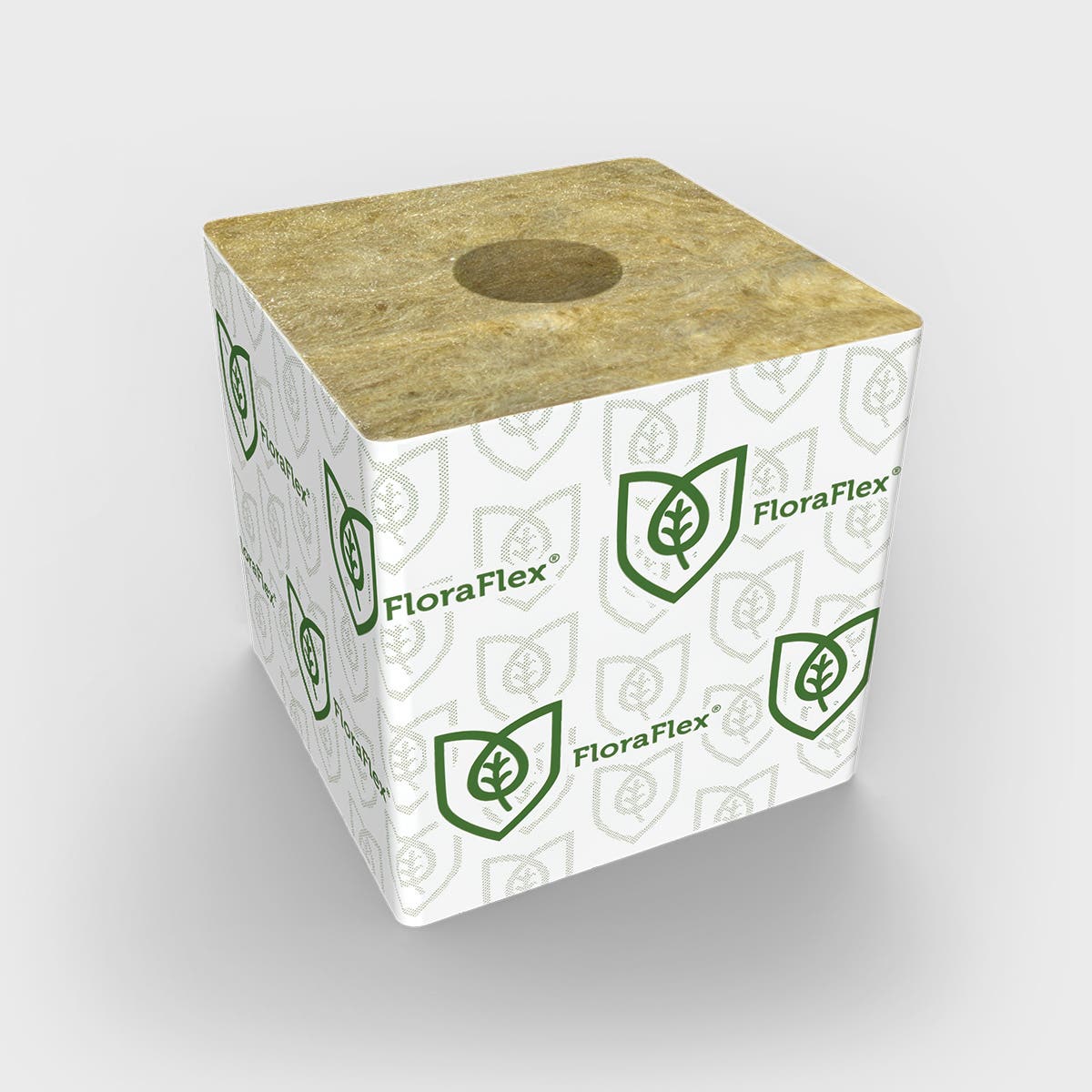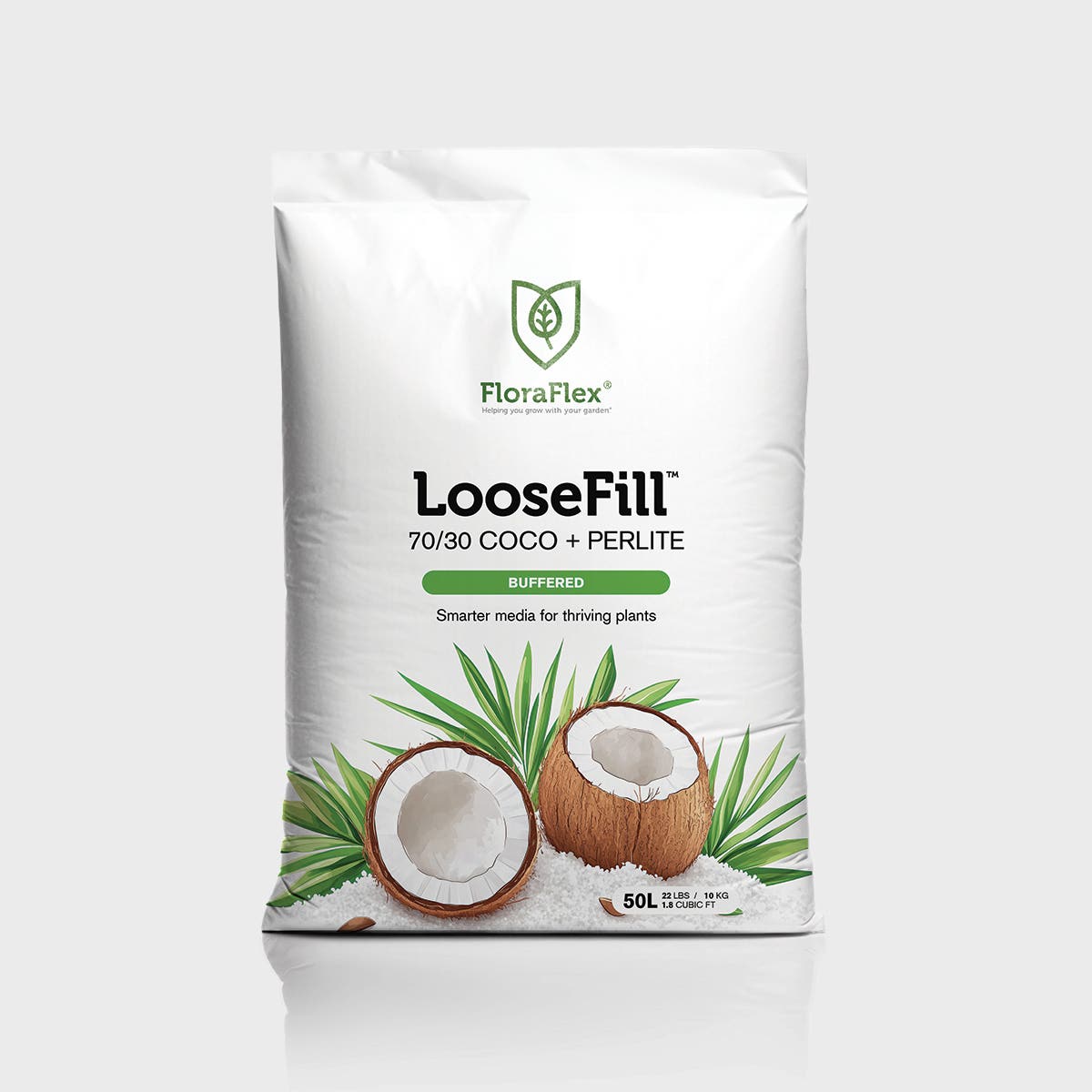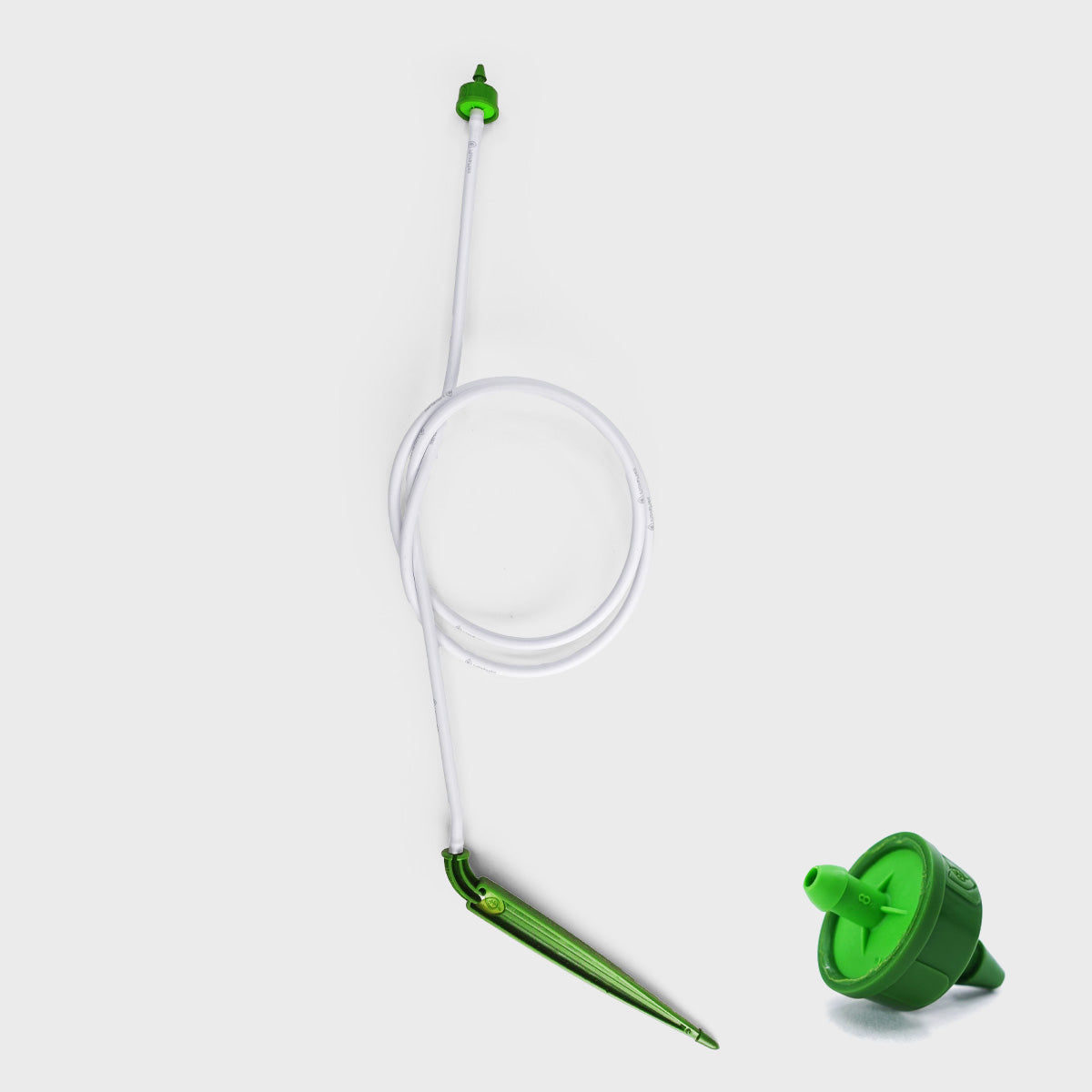The Impact of Light Fluctuations
-
Photosynthesis Disruption: Sudden changes in light intensity can disrupt the photosynthetic process, impacting the plant's ability to convert light energy into chemical energy. Consistent light levels are crucial for efficient energy production and biomass accumulation.
-
Stressed Plant Response: Rapid fluctuations in light can cause stress responses in cannabis plants, leading to stunted growth, reduced vigor, and increased susceptibility to diseases and pests. Consistency in light exposure promotes healthy plant development and strengthens overall resistance.
-
Flowering Cycle Disruption: Inconsistent light patterns during the flowering stage can disrupt the plant's hormonal balance and negatively impact bud development. This can result in smaller yields and less desirable flower formation.
Maintaining Stable Light Conditions
To control light fluctuations and promote consistent cannabis growth, consider the following practices:
-
Quality Lighting Systems: Invest in high-quality lighting systems, such as LED grow lights, that provide consistent light output and customizable intensity levels. These lights offer better control over light spectra and minimize fluctuations.
-
Light Schedules and Timers: Establish a consistent light schedule based on the specific growth stage of the plants. Use timers or automated systems to ensure accurate and reliable light cycles, mimicking natural day-night patterns.
-
Light Intensity Monitoring: Regularly monitor light intensity using light meters or sensors to identify any deviations. Adjust light fixtures and distances as needed to maintain optimal intensity levels throughout the canopy.
-
Light Placement and Coverage: Position lights strategically to ensure even coverage and minimize shadowing within the growing area. Adjust the height and angle of the lights to achieve uniform light distribution and avoid hotspots or areas of low light intensity.
The Impact of Temperature Fluctuations
-
Stunted Growth and Development: Temperature fluctuations can disrupt plant growth, leading to stunted development, nutrient uptake issues, and physiological stress. Consistent temperatures promote steady growth and healthy plant functioning.
-
Flowering Time Variations: Inconsistent temperatures during the flowering stage can impact the plant's internal clock, potentially prolonging or shortening the flowering period. This can result in irregular harvest timing and reduced overall quality.
-
Volatile Terpene Profiles: Temperature fluctuations can affect the production of terpenes, the aromatic compounds responsible for the unique flavors and scents of cannabis. Consistency in temperature helps preserve desired terpene profiles.
Maintaining Stable Temperature Conditions
To control temperature fluctuations and ensure consistent cannabis growth, follow these guidelines:
-
Temperature Monitoring: Regularly monitor temperature levels throughout the growing area using thermometers or environmental control systems. Keep records to identify any patterns or fluctuations.
-
Insulation and Ventilation: Insulate the cultivation space to buffer against external temperature variations. Implement proper ventilation systems to regulate airflow and remove excess heat or cold air.
-
Heating and Cooling Systems: Utilize heating and cooling systems to maintain stable temperatures, especially in regions with extreme climate conditions. Choose energy-efficient options that provide precise temperature control.
-
Shading and Light Management: Implement shading techniques, such as shade cloths or curtains, to regulate light and reduce temperature fluctuations caused by excessive heat. Consider the interplay between light and temperature in creating a balanced environment.
By implementing effective practices to control light and temperature fluctuations, growers can provide a stable and optimal environment for cannabis growth. Consistency in light and temperature conditions ensures healthier plants, improves overall quality, and maximizes yields.








